3.6V 3000mAh Panasonic NCR18650BM Battery
Simple Description of Panasonic NCR18650BM
The Panasonic NCR18650BM2 battery comes up with a nominal capacity of 3000mAh, the voltage of 3.6V. This is an absolutely excellent cell for anyone seeking high performance 18650 cells.
HIGHLIGHTS OF NCR18650BM:
- Rated capacity: 2980mAh
- Minimum capacity: 3030mAh
- Nominal voltage: 3.6V
- Charging Time: 5.0hrs.
- Internal Resistance: ≤100mΩ
- Standard Discharge End Voltage: 2.5V
- Standard Charge Current: 909mA
- Max. Continous Discharge Current: 3.636A
APPEARANCE
There shall be no such defects as deep scratch, crack, rust, discoloration or leakage, which may adversely affect the commercial value of the cell.
Diameter : 18.35±0.15mm
Diameter is defined as the largest data value measured on the “A” area of a cylindrical cell.
Height : 65.05±0.25mm
Weight: ≤49.5g

-Nominal Specification of Sanyo NCR18650BM-
| ltem | Specifications | Notes | |
|---|---|---|---|
| Rated Capacity | 2980mAh | 0.596A discharge at 20°C | |
| Capacity(Minimum) | 3030mAh | 0.606A discharge at 25°C | |
| Capacity (Typical) | 3180mAh | Reference only | |
| Nominal Voltage | 3.6V | 0.606A discharge | |
| Discharging End Voltage | 2.5V | - | |
| Charging Current (Std.) | 0.909A | - | |
| Charging Voltage | 4.20±0.03V | - | |
| Charging Time(Std.) | 5.0 hours | - | |
| Continuous Discharge Current (Max.) | 3.636A | 0~+40°C | |
| Internal Resistance | less than 100m2 | AC impedance 1 kHz | |
| Weight | less than 49.5g | - | |
| Operating Temperature | Charge | +10~+45'c | Standard temperature range |
| Discharge | -20~+60℃ | - | |
| Storage Conditions(Shipping Charge State) | less than 1 month | 20~+50°C | Recoverable Capacity:80% |
| less than 3 months | -20~+40°C | ||
| less than 1 year | -20~+20°C | ||
-Electrical Characteristics-
| ltem | Conditions | Criteria |
|---|---|---|
| Ful Charge | The battery is charged at a 0.909A constant current until the voltage reaches 4.20V. The current is then reduced to keep a constant voltage of 4.20V.The total charging time is 5.0 hours at 25°C | - |
| Capacity | (1)Within 1 hour after fully charging at 25 as per item 6.1 the battery is discharged at 0.606A continuously to 2.5V at 25°C | More than 300 min |
| (2) Within 1 hour after fully charging at 25 as per item 6.1,the battery is discharged at 3.03A continuously to 2.5V at 25°℃. | More than 54 min | |
| 6.3 Cycle Life | After the battery has been subjected to 300 repeated charge and discharge cycles (charged by CC-CV of 0.909A-4.20 for 5.0 hours; discharged by CC of 3.03A to 2.5V at 25° ),the discharge time is measured as per ltem 6.2,(2) | More than 38 min. |
| Temperature Characteristics | (1) Within 1 hour afterfully charging at 25° as per item 6.1,the battery is stored at 0C for 3 hours. The discharge time is then measured as per tem 6.2, (2)at 0C. (2) Within 1 hour after fully charging at 25 as per item6.1,the battery is stored at 60° for 3 hours. The discharge time is then measured as per ltem 6.2,(2)at 60℃ |
More than 30min More than 50min. |
| Storage at Fully Charged State | Afterfully charging at 25℃per item6.1,he battery is stored for 20 days at 60℃ After storage, the battery is held at 25℃ for 3 hours. Then, the discharge timeis measured as per Item 6.2,(2). Then, the same batteryis fully charged again and discharged a second time and measured as perltem 6.2, (2). |
More than 30min More than 40min. |
| Storage at Fully Discharged State | After fully charging at 25℃ , the battery is discharged as per item6.2,(2).Then, the batteryis stored for 20 days at 60 After storage, the batteryis held at 25 for 3 hours. Then, the discharge time is measured as per ltem 6.2,(2) | More than 50 min |
| Drop | After fuly charging at 25 , the cell is dropped 3 times in random directions from a height of 1 m onto a flat surface of concrete | No rupture, no fire |
Warning:
1). Do not disassemble, dispose of in fire, heat or short circuit.
2).Do not insert batteries with the(+)and(-)reversed.
3). Do not mix fresh batteries with used batteries.
4).Do not submerge the battery in water
Storage Measures For Daily Lithium Battery Users
1. For Lithium-ion batteries which need to be stored for a long time and not used, they should be kept in a state of 50%-60% charge. They should be recharged every 3 months and recharged every half a year.
2. Attention should be paid to moisture-proof and moisture-proof, to prevent squeezing, collision, etc., to avoid battery damage.
3. It is forbidden to use or place the battery at high temperatures (in hot sunlight or in very hot cars), otherwise it may cause the battery to overheat, catch fire or fail in function, and shorten its life.
4. It is forbidden to store in places with strong static electricity and strong magnetic fields, otherwise it will easily destroy the battery safety protection device and bring unsafe hidden dangers.
5. If the battery emits an odor, fever, discoloration, deformation, or any abnormality during use, storage, or charging, immediately remove the battery from the device or charger and disable it.
How to Custom 18650 Battery Pack
We have the unique ability to develop custom 18650 battery pack to fit your needs. Our expert team of chemists, engineers, and manufacturers who use proven chemistry and production methods that will get from spec to production fast. Slim, flexible, more powerful.
WHAT WE CUSTOM
WHY CHOOSE US

custom lithium battery packs collection








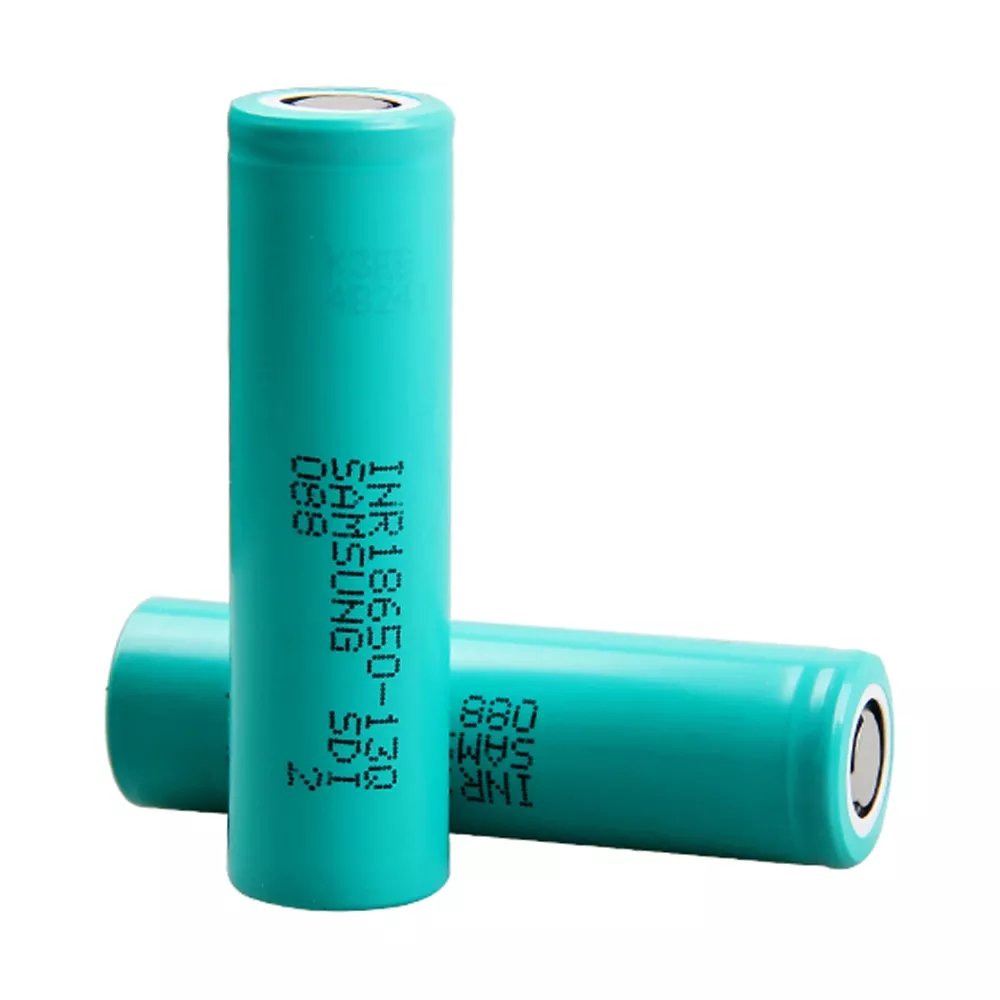

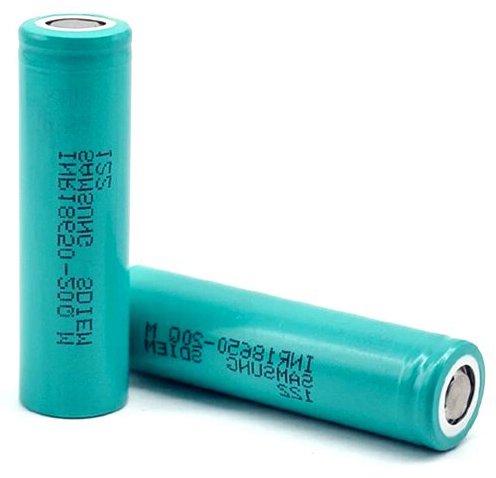











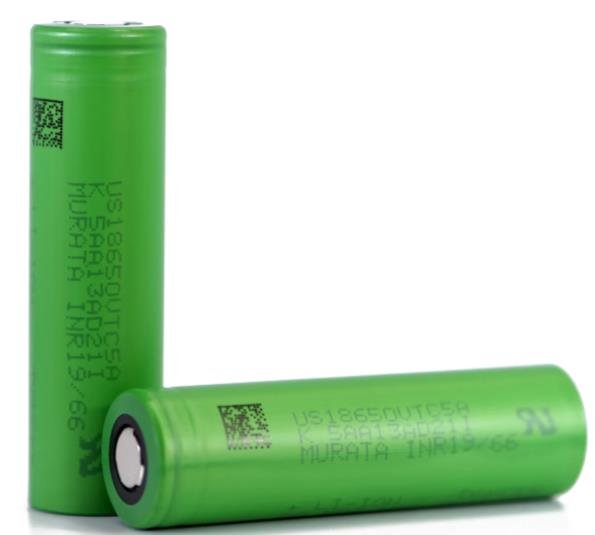











 LG 18650 S3
LG 18650 S3 LG 18650 HE4
LG 18650 HE4 LG 18650 B4
LG 18650 B4 LG INR18650 MJ1
LG INR18650 MJ1 LG 18650 HE2
LG 18650 HE2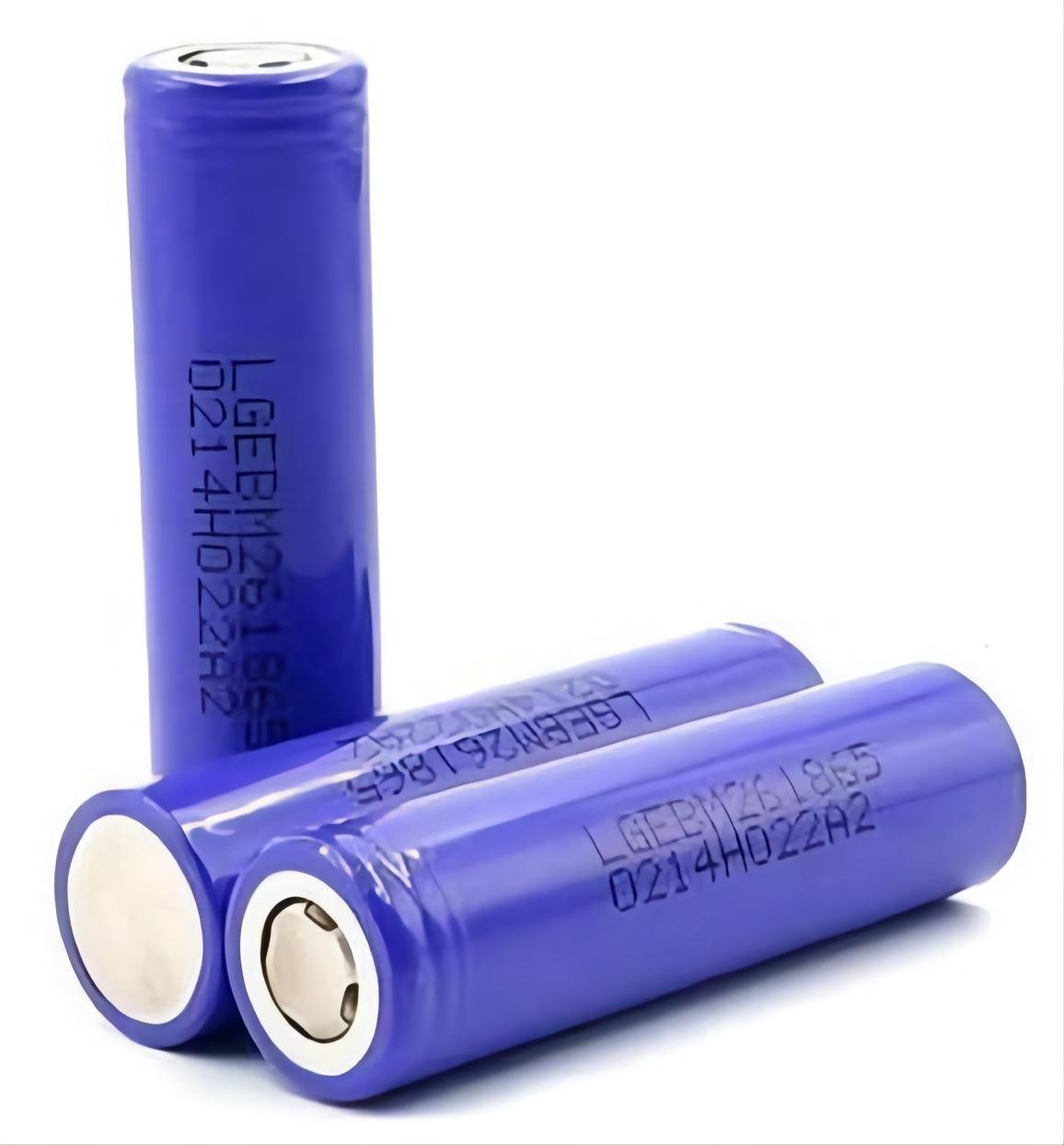 LG 18650 M26
LG 18650 M26
 LG 18650 C4
LG 18650 C4 LG 18650 MG1
LG 18650 MG1 LG INR18650 HJ2
LG INR18650 HJ2 LG 18650 MH1
LG 18650 MH1 LG INR18650 F1L
LG INR18650 F1L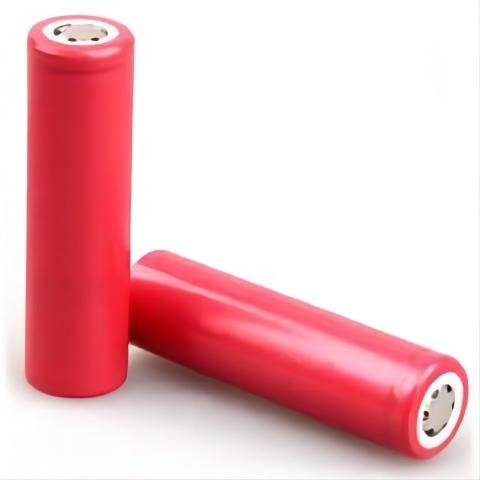 Sanyo UR18650 AY
Sanyo UR18650 AY
 Panasonic UR18650 NSX
Panasonic UR18650 NSX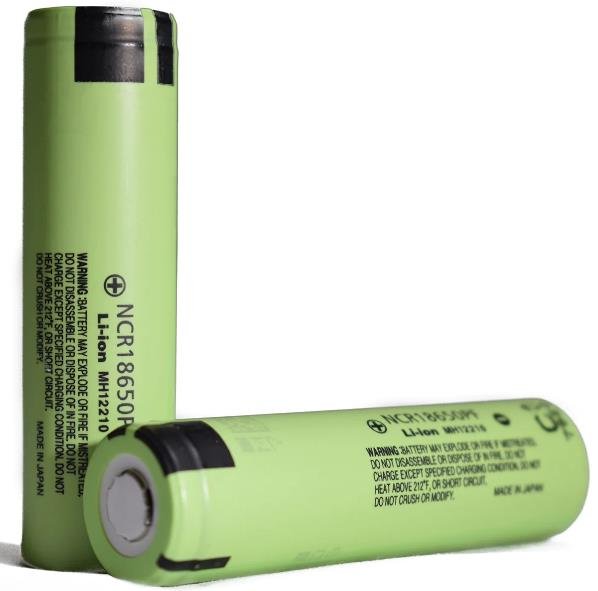 Panasonic UR18650 PF
Panasonic UR18650 PF Panasonic NCR18650 A
Panasonic NCR18650 A Panasonic NCR18650PD
Panasonic NCR18650PD Panasonic NCR18650 BM
Panasonic NCR18650 BM
 Sanyo NCR18650 BL
Sanyo NCR18650 BL